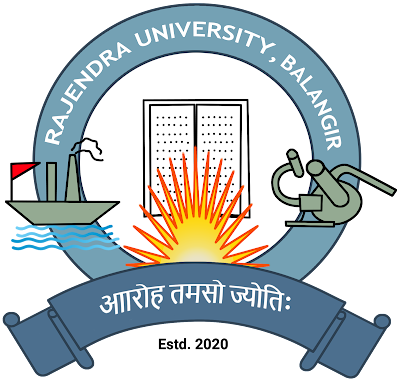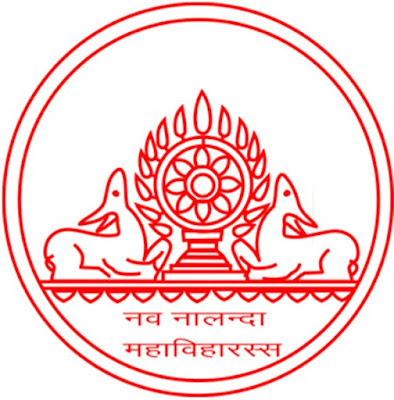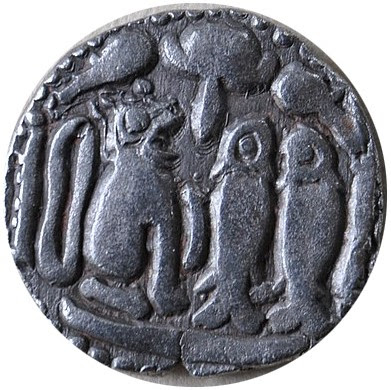PROF. RAJENDRA SINGH (RAJJU BHAIYA) UNIVERSITY
%20University.png)
PROF. RAJENDRA SINGH (RAJJU BHAIYA) UNIVERSITY The circular insignia of Prof. Rajendra Singh (Rajju Bhaiya) University (PRSU) has motifs of three rivers - Ganga, Yamuna and Saraswati flowing and a pair of hands holding a globe of the world, which glows with 24 rays or spokes on a sky blue background. All these motifs are ensconced in a circular border with blue outlines bearing the names of the university and place in English and Devanagari and its motto in Sanskrit ‘न हि ज्ञानेन सदृशं पवित्रमिह विद्यते’ (Chapter 4, verse 38 of the Bhagavad Gita) meaning ‘In this World, There is Nothing as Pure and Virtuous as the Pursuit of Knowledge’ and its transcription in English. The rivers symbolise flow of knowledge and science; the rays or spokes denote how expansive the domain of knowledge and the hands holding globe denote the acquisition of the world of knowledge. The colour blue denotes art, orange denotes science, white denotes education, grey means commerce and management, black m


